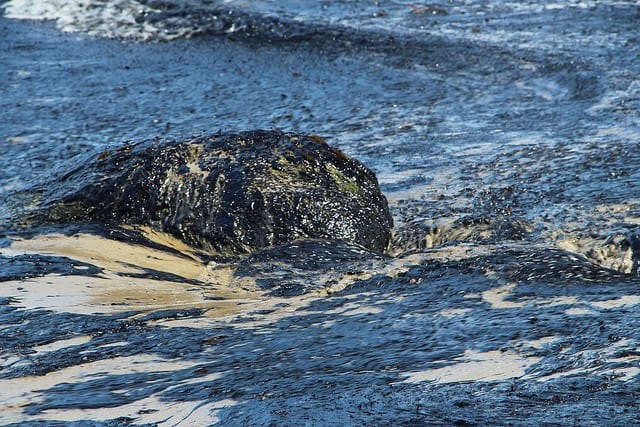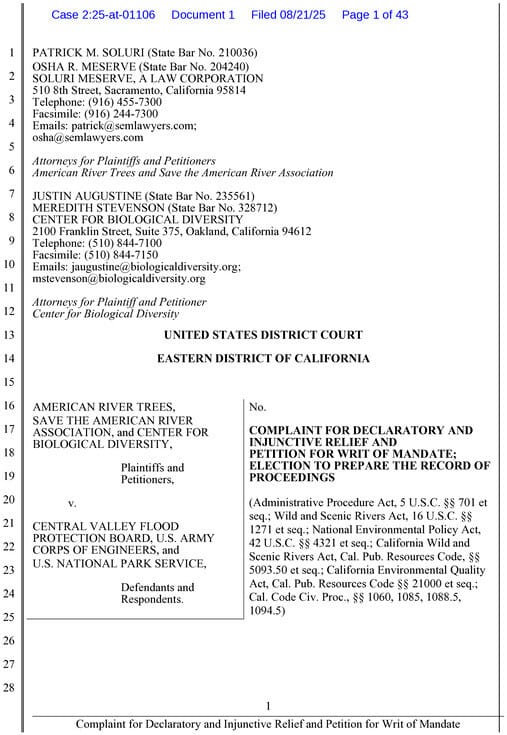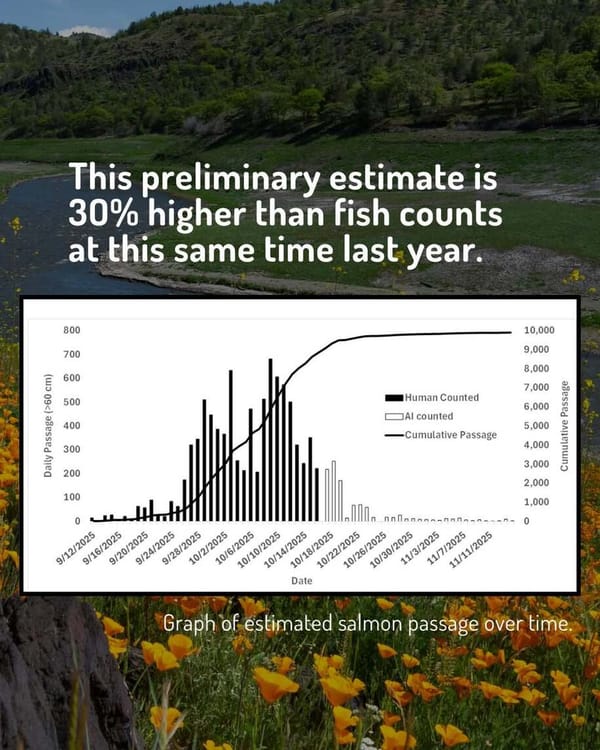Sable Offshore announces oil pipeline in production on tenth anniversary of Refugio Beach Oil Spill
The disaster resulted in the devastation of marine life and the closure of iconic beaches

The disaster resulted in the devastation of marine life and the closure of iconic beaches


Put them together, and you get a Schrödinger’s policy.

The injunction by the U.S. District Court was issued in response to a lawsuit filed by the Center for Biological Diversity, Save the American River Association, and American River Trees.

To enhance the passenger experience during the busy season, travelers will find several new dining options across the terminals.

This preliminary estimate is 30 percent higher than the group’s fish counts at this same time last year